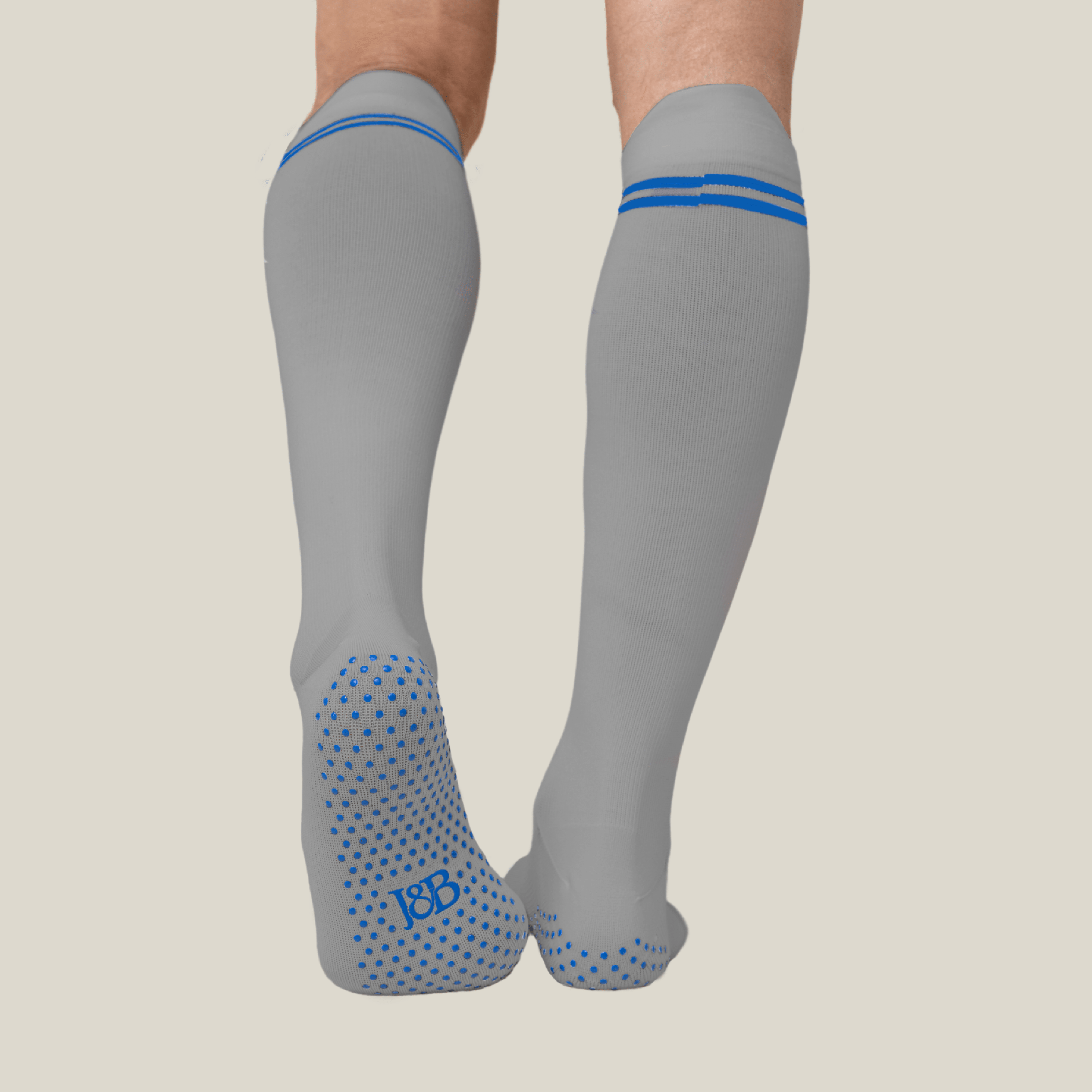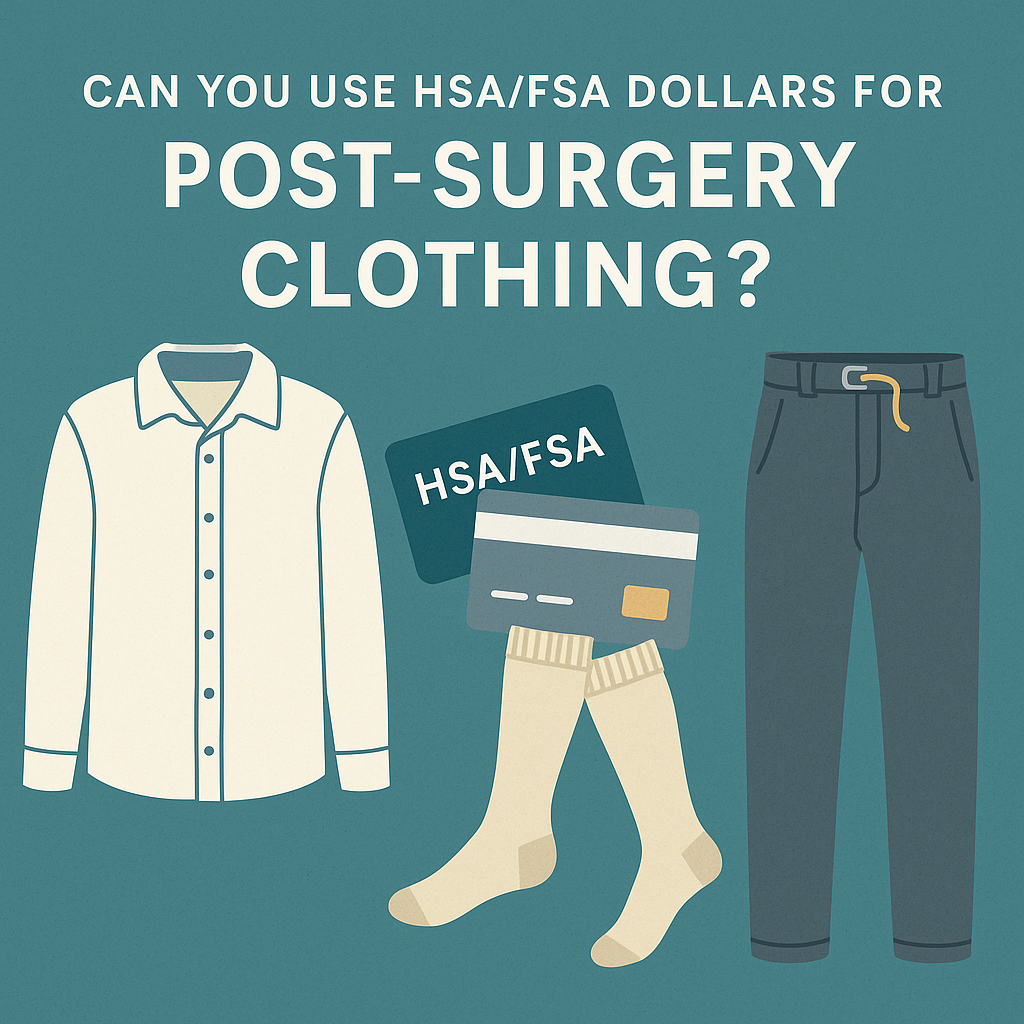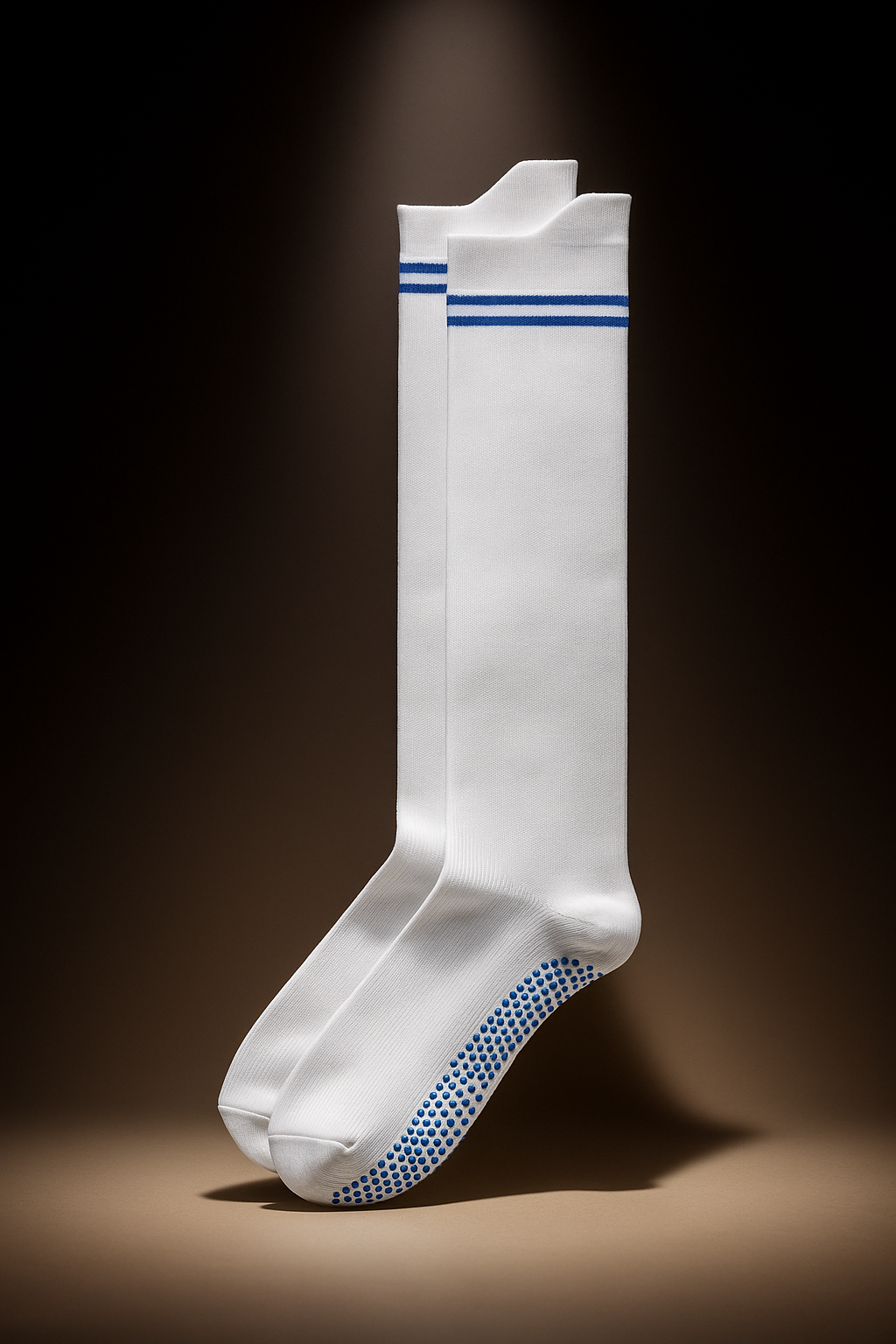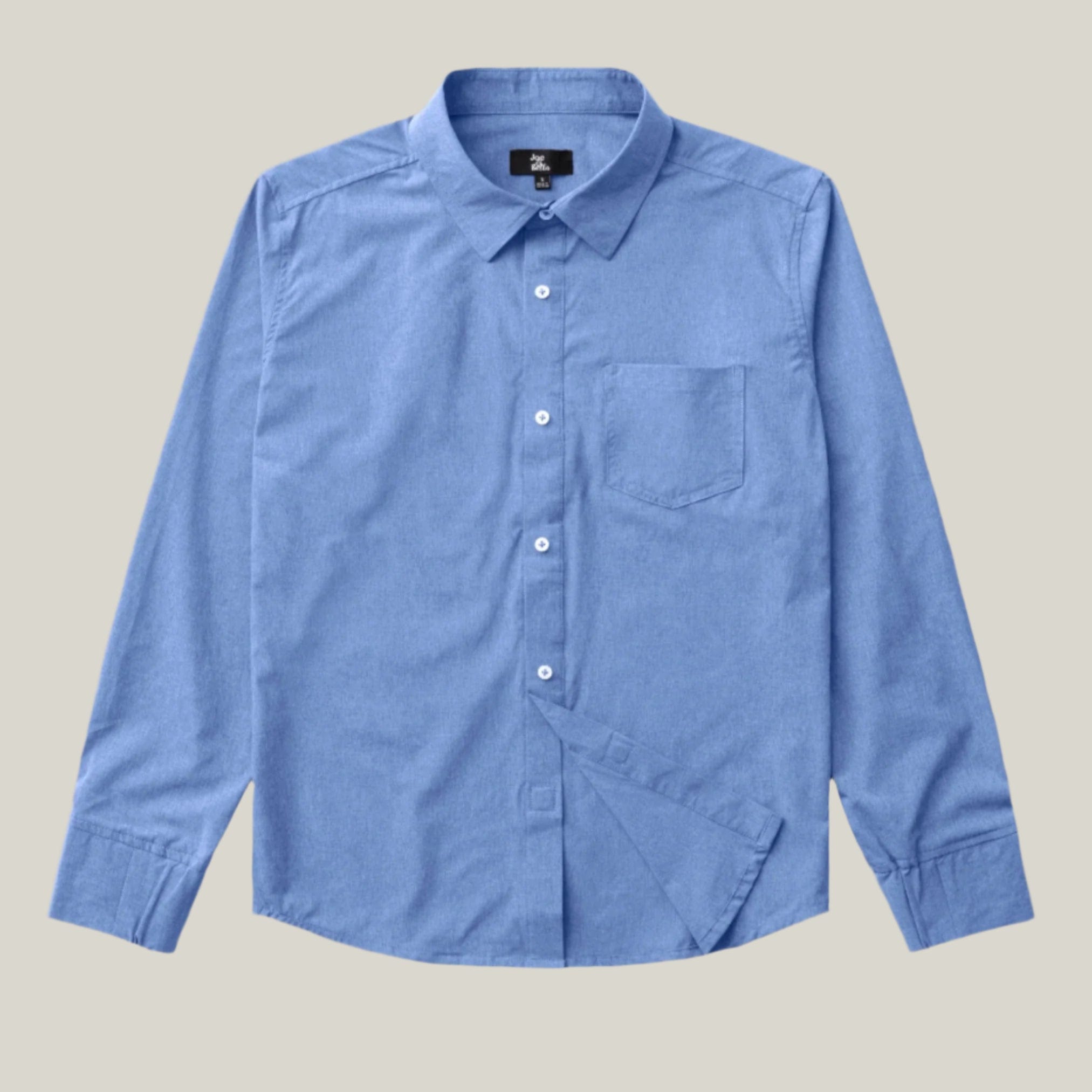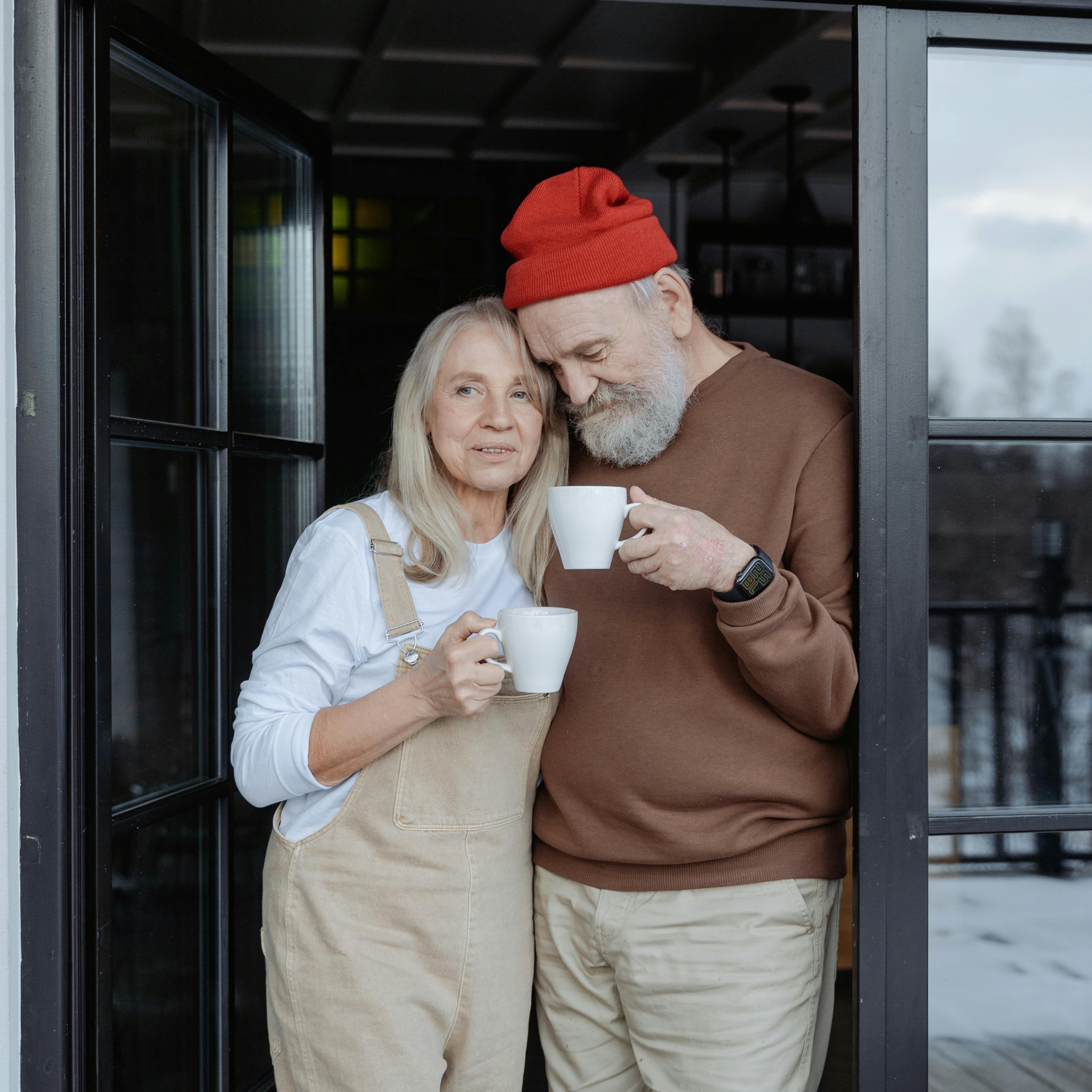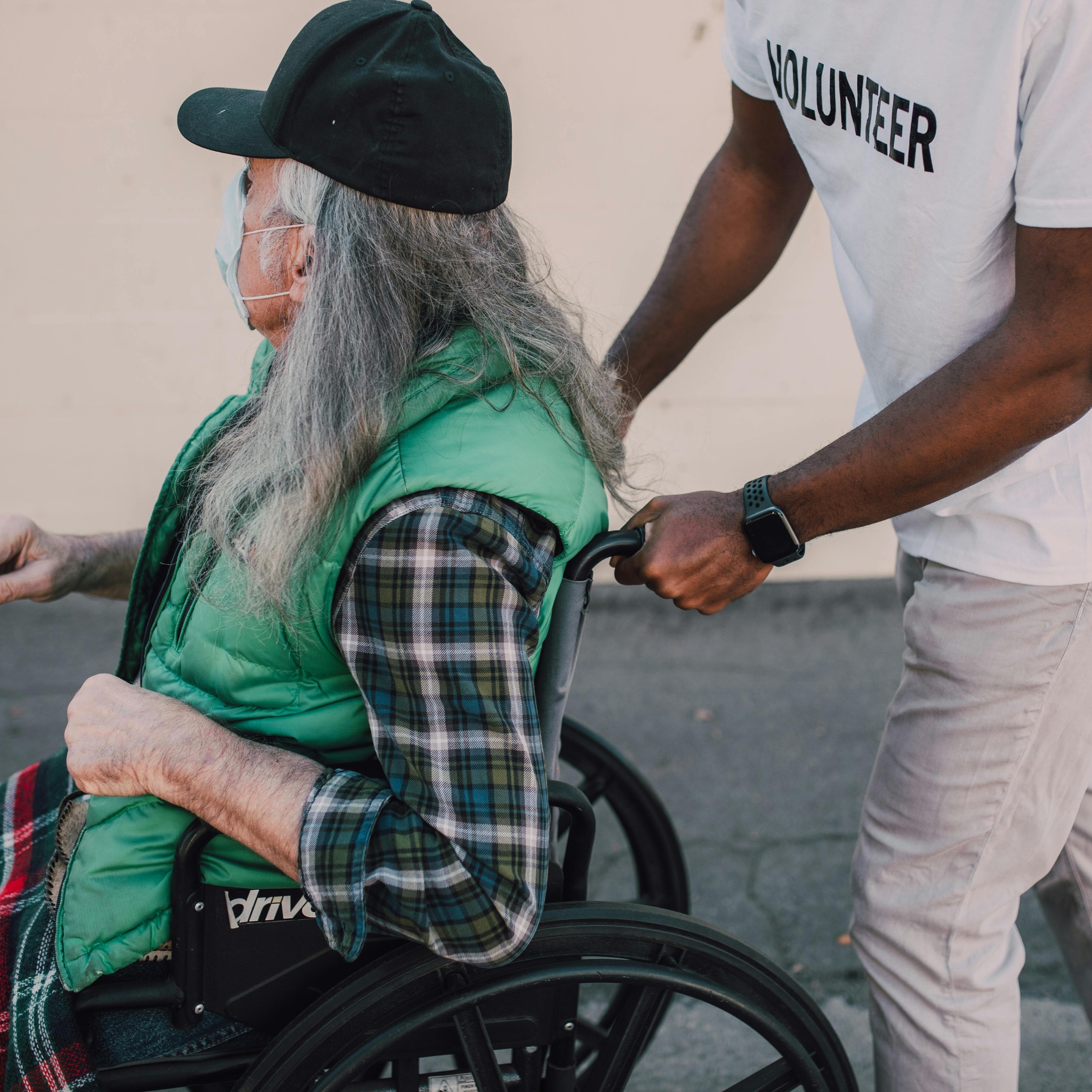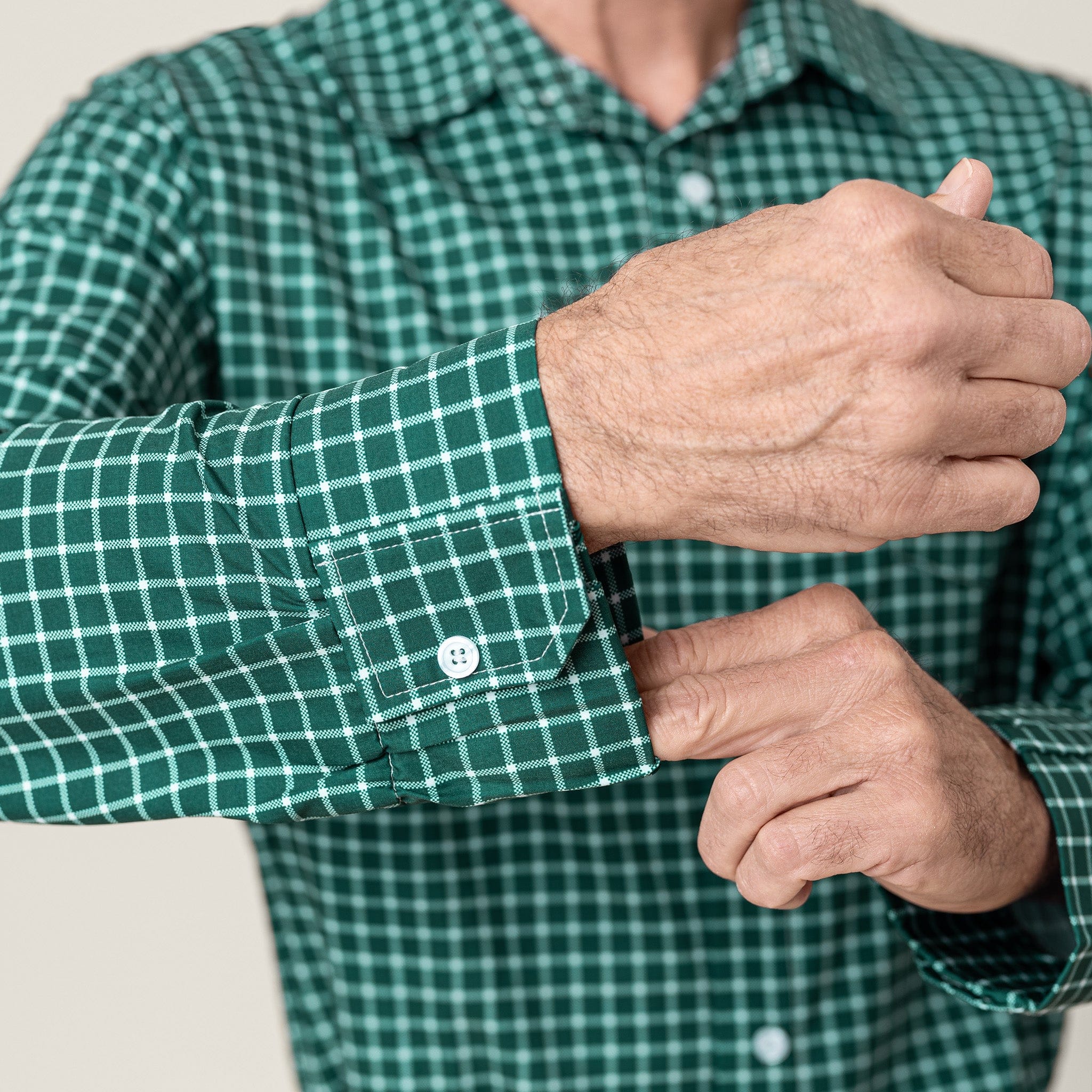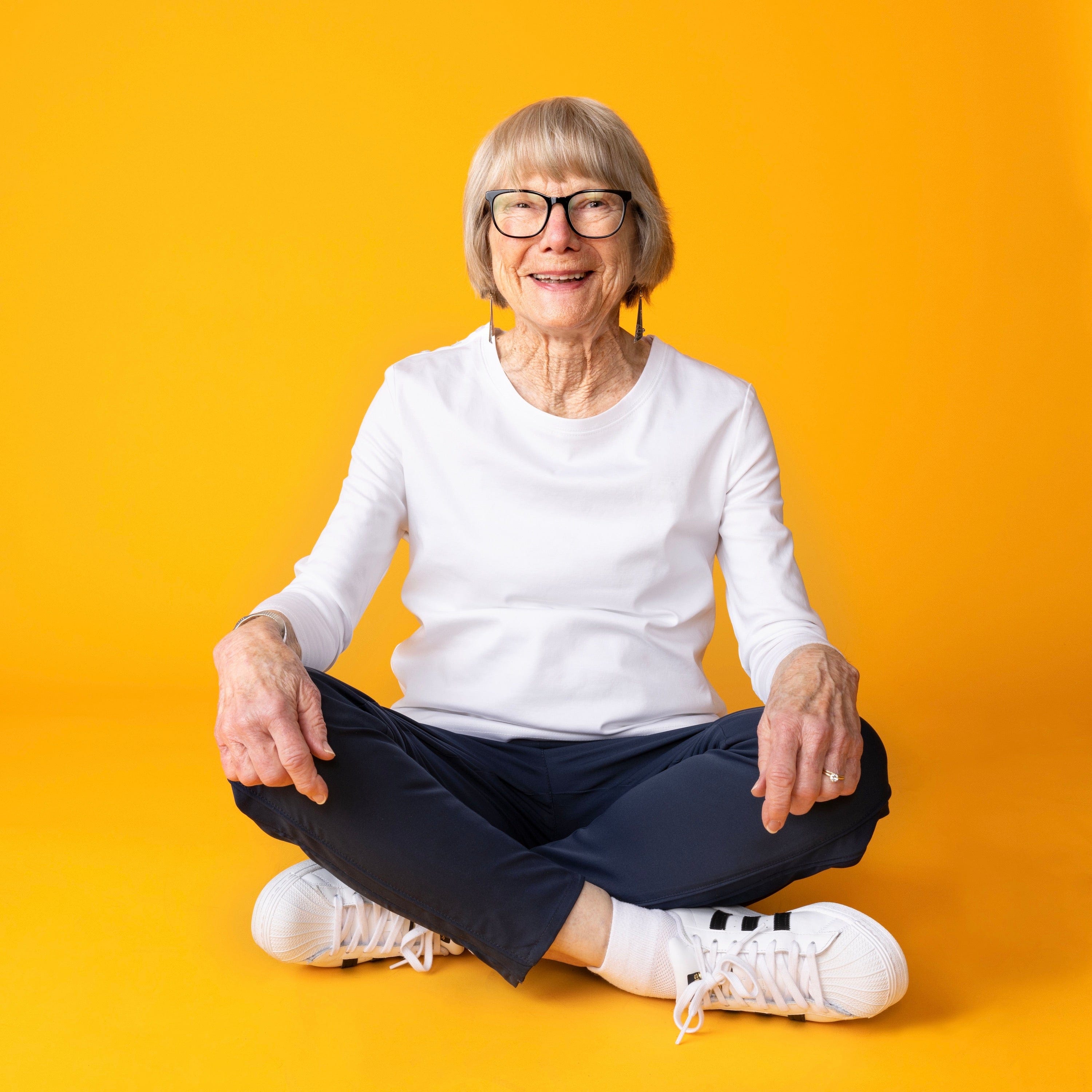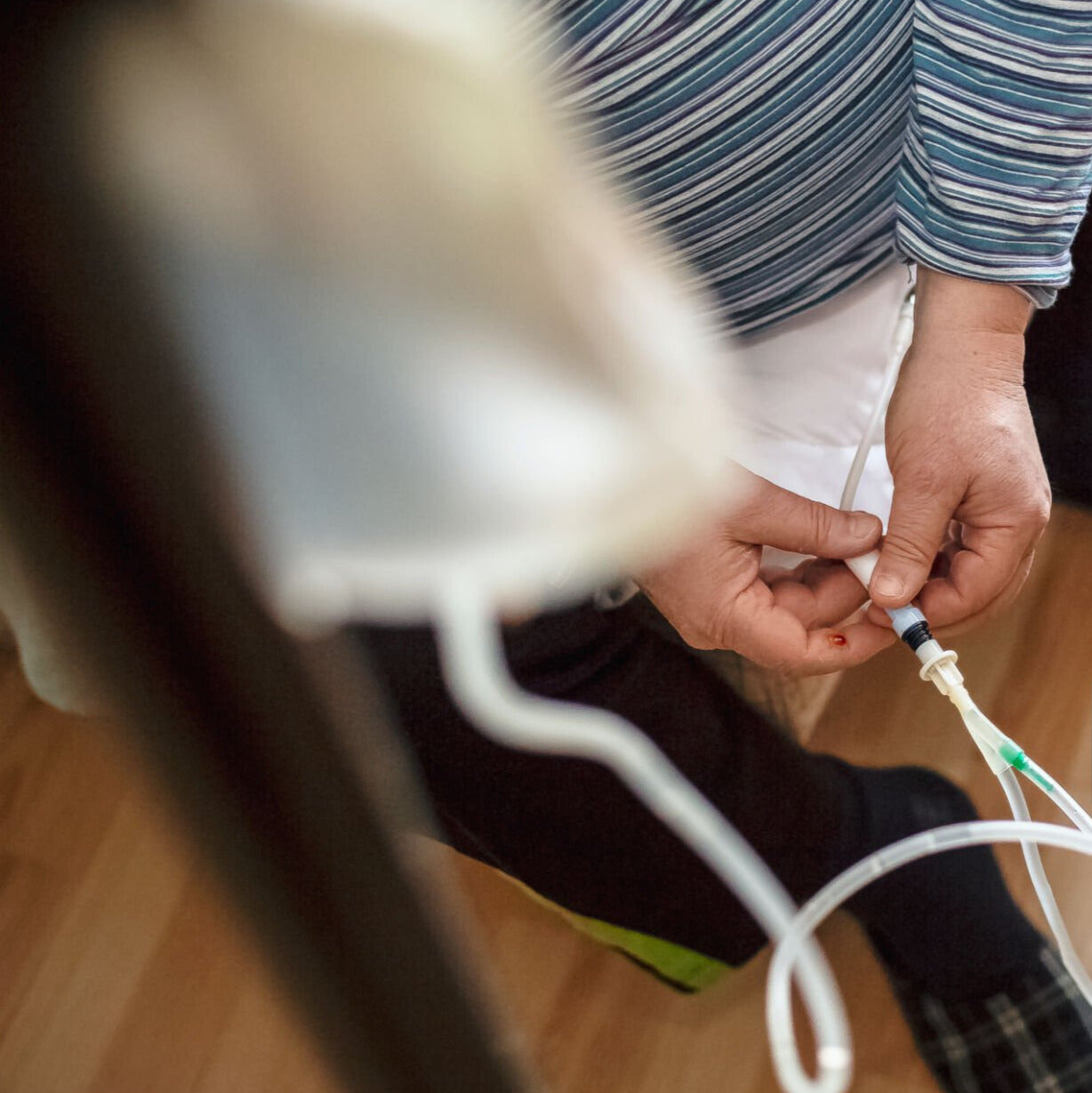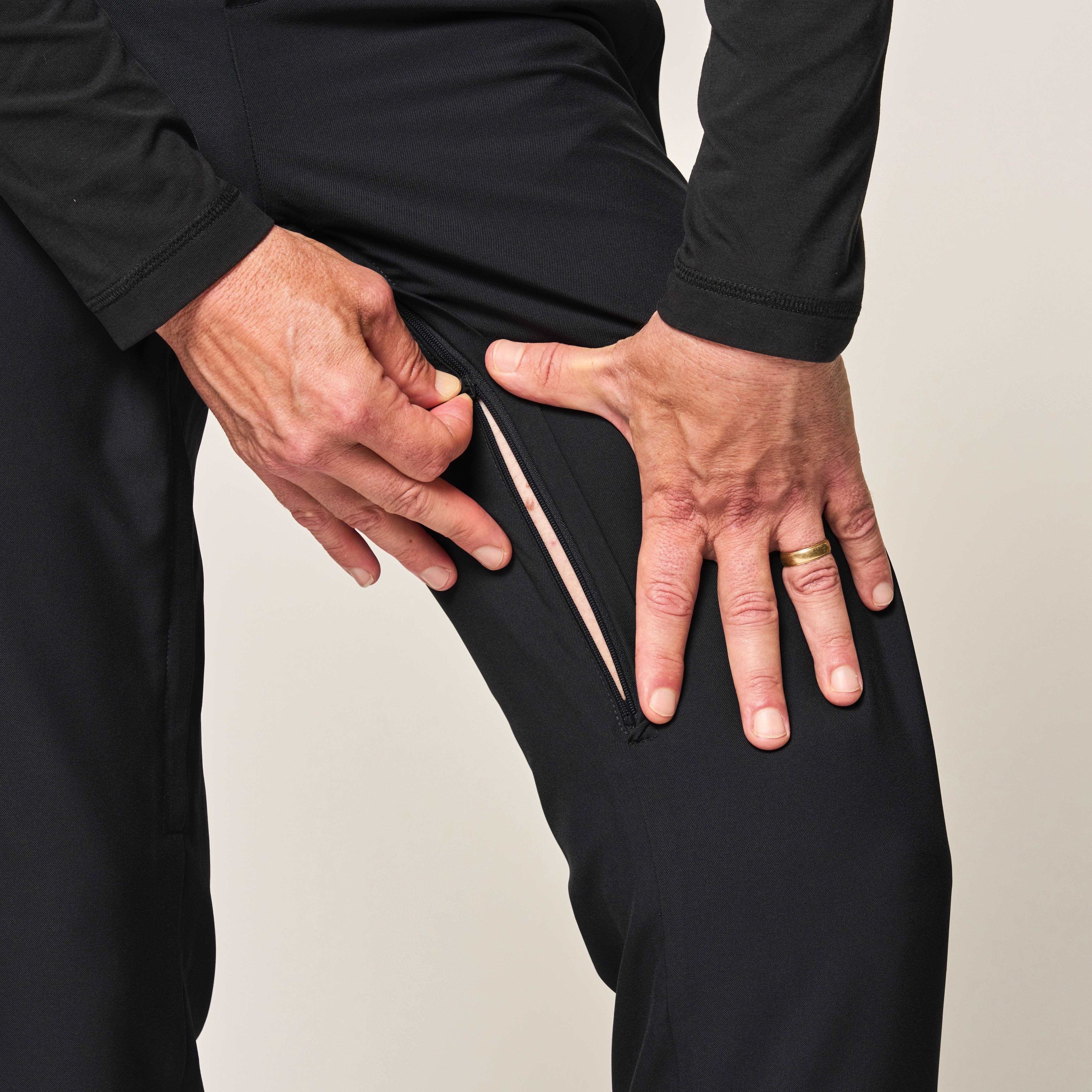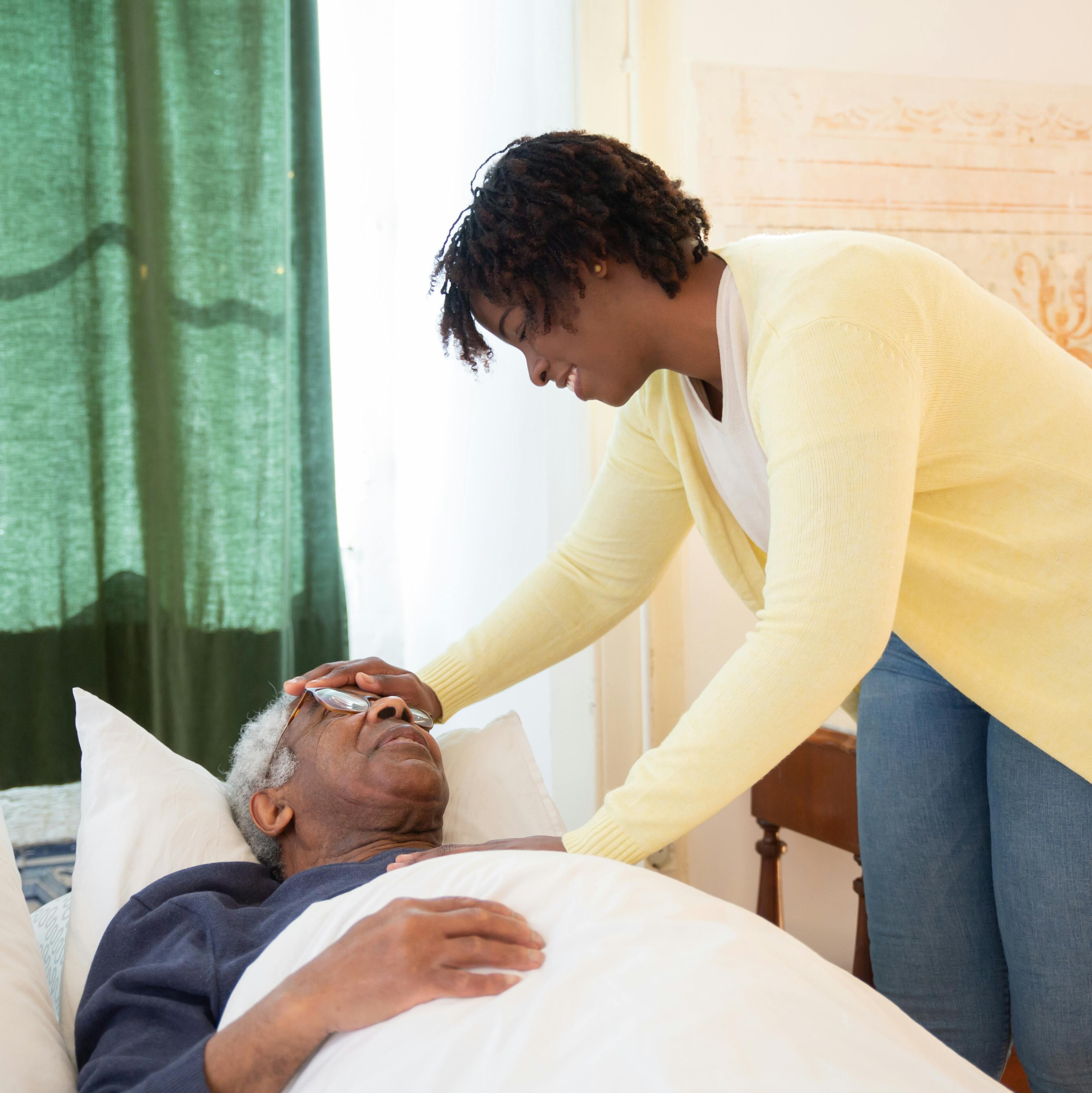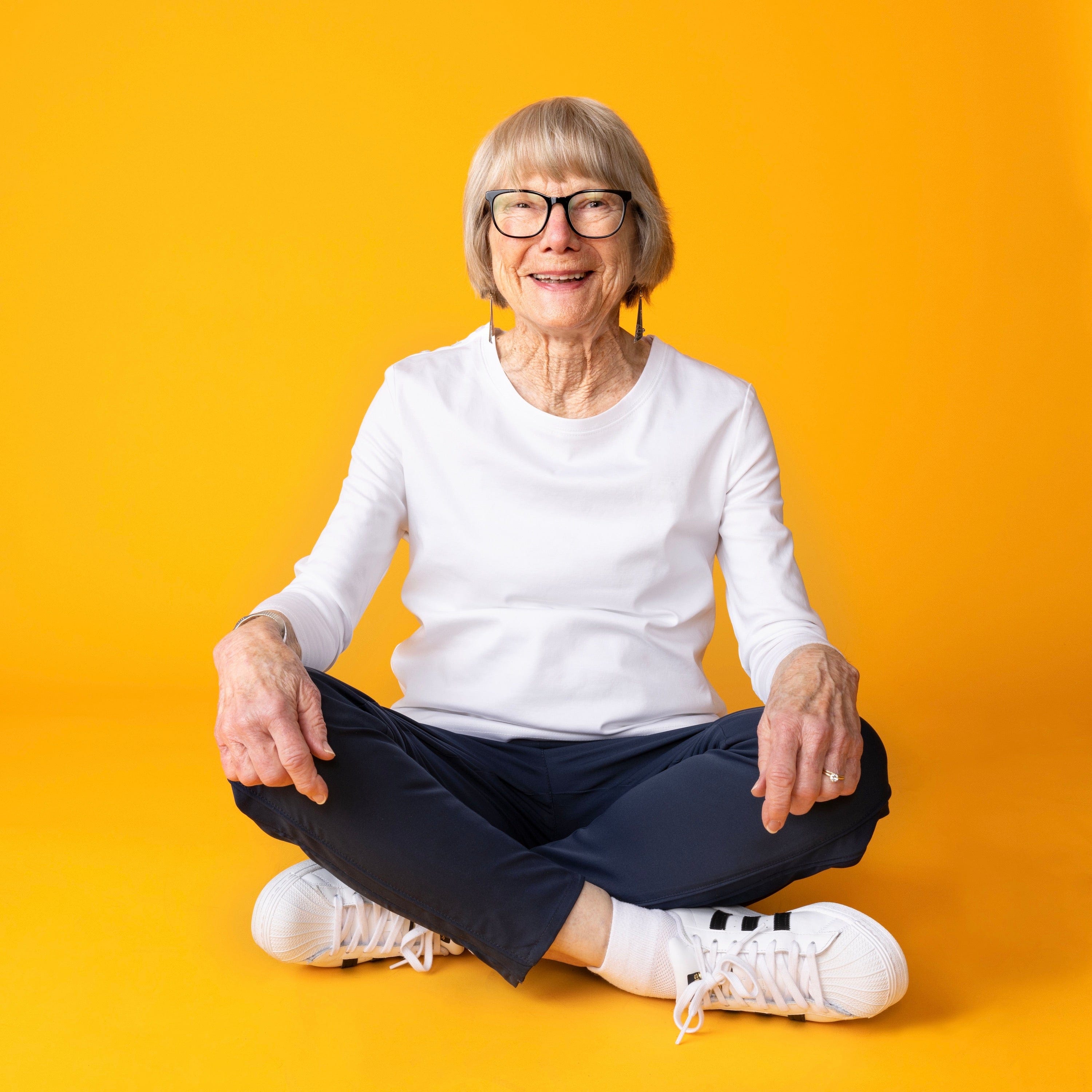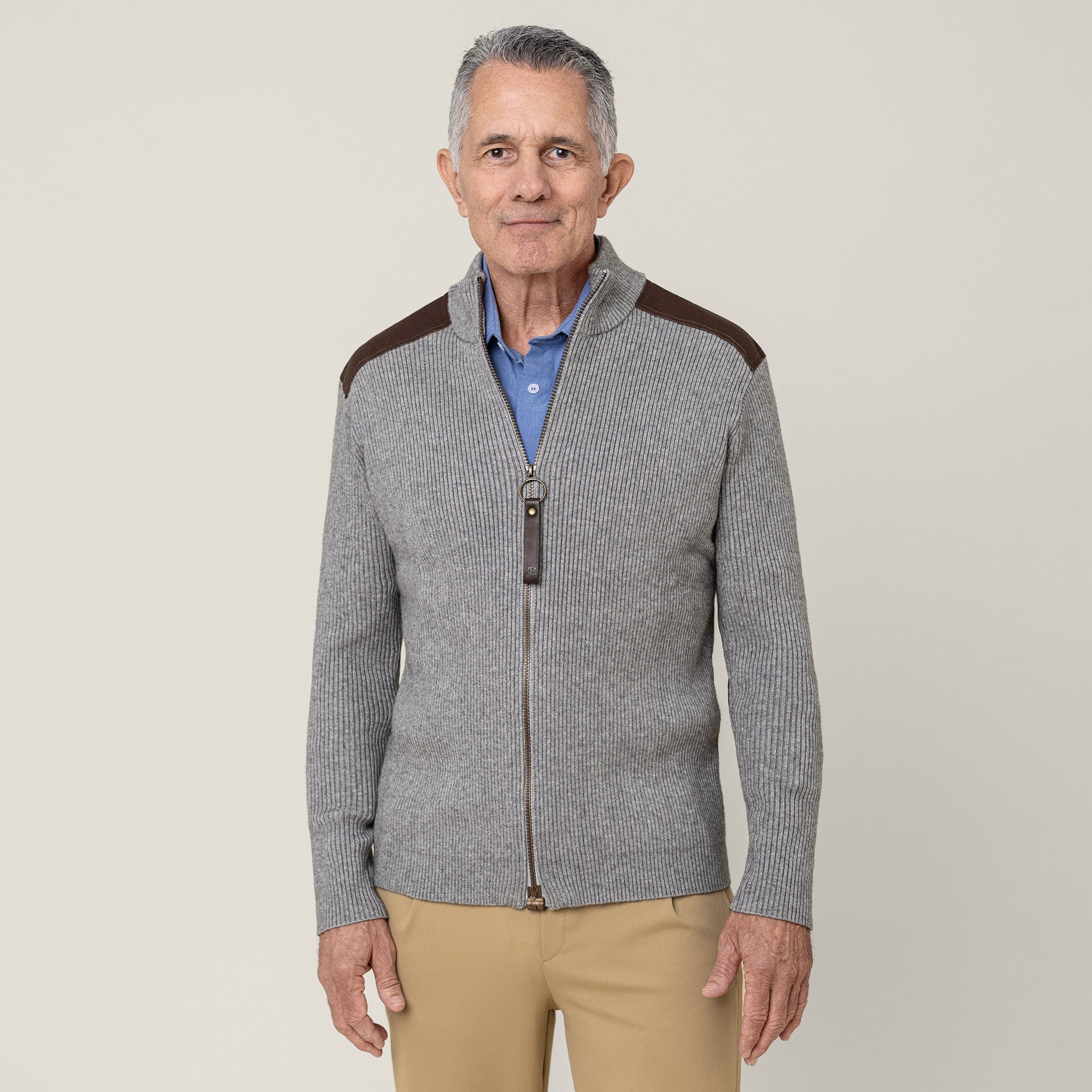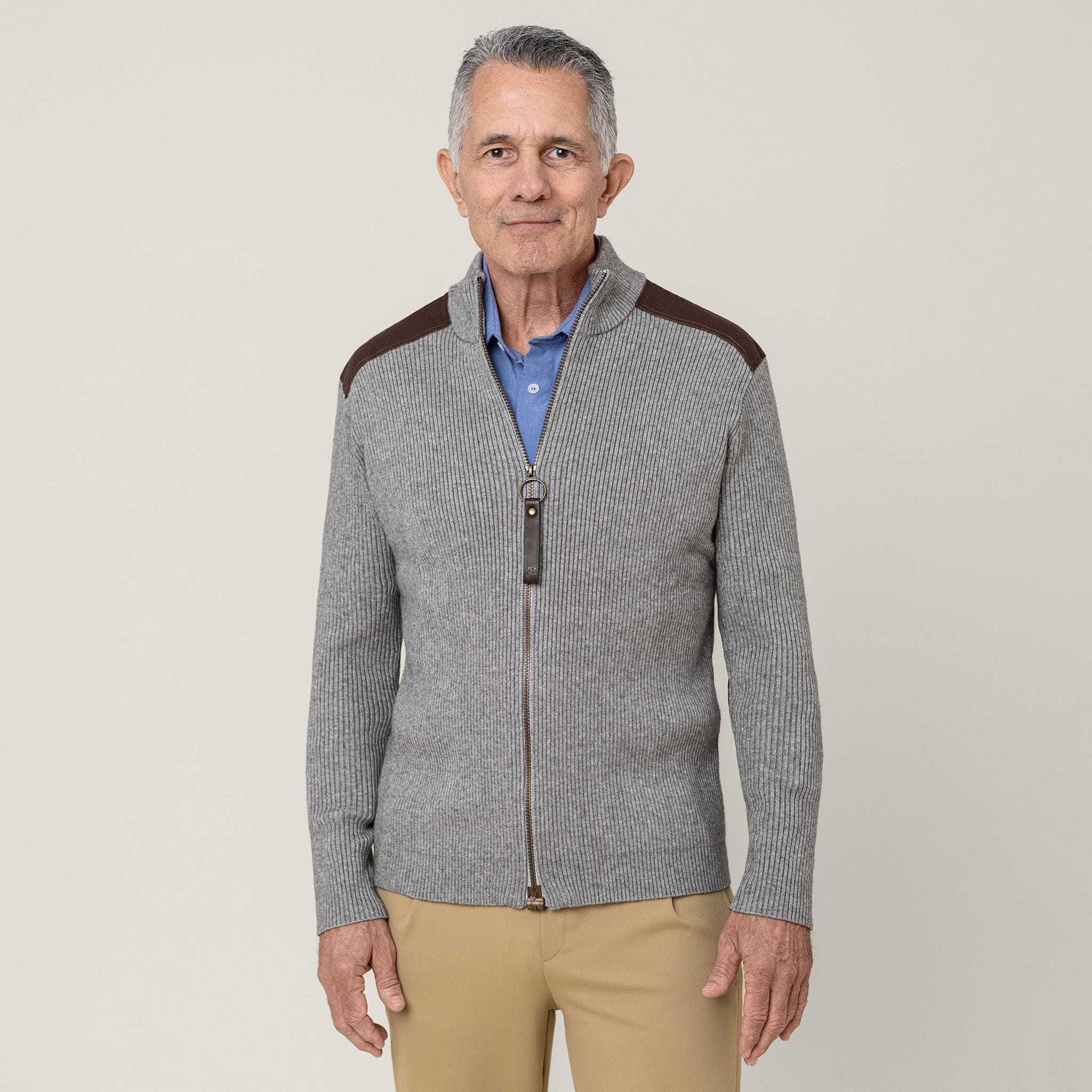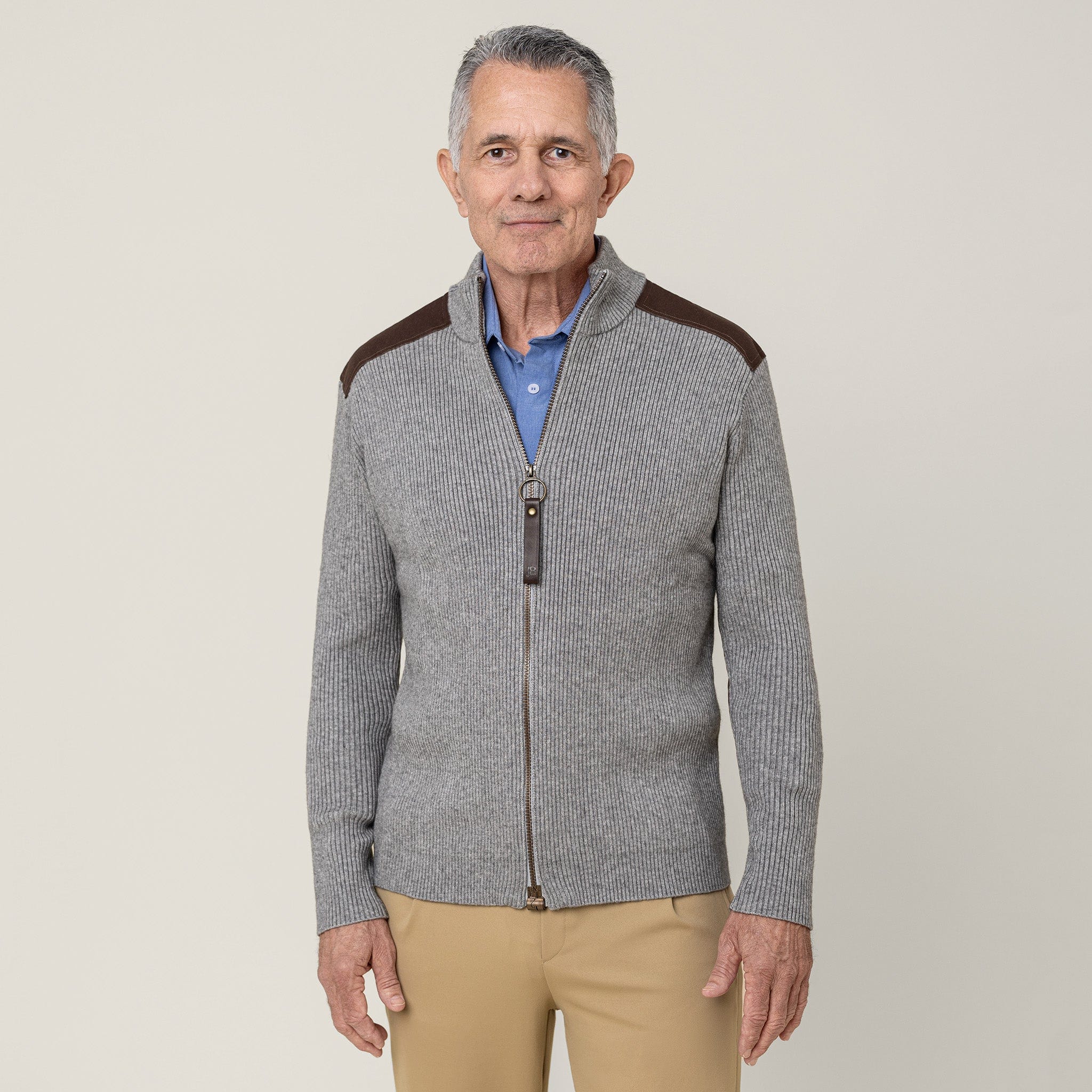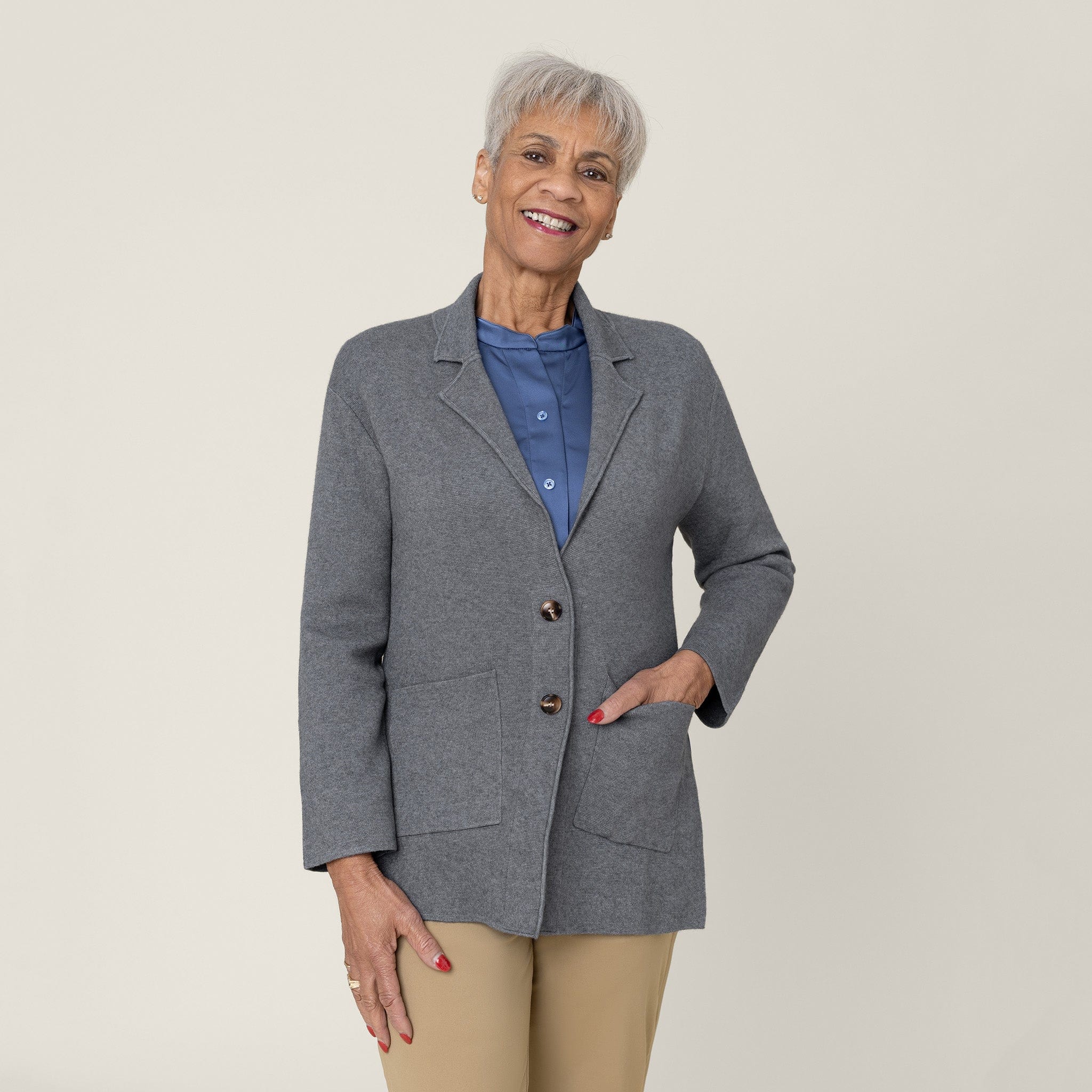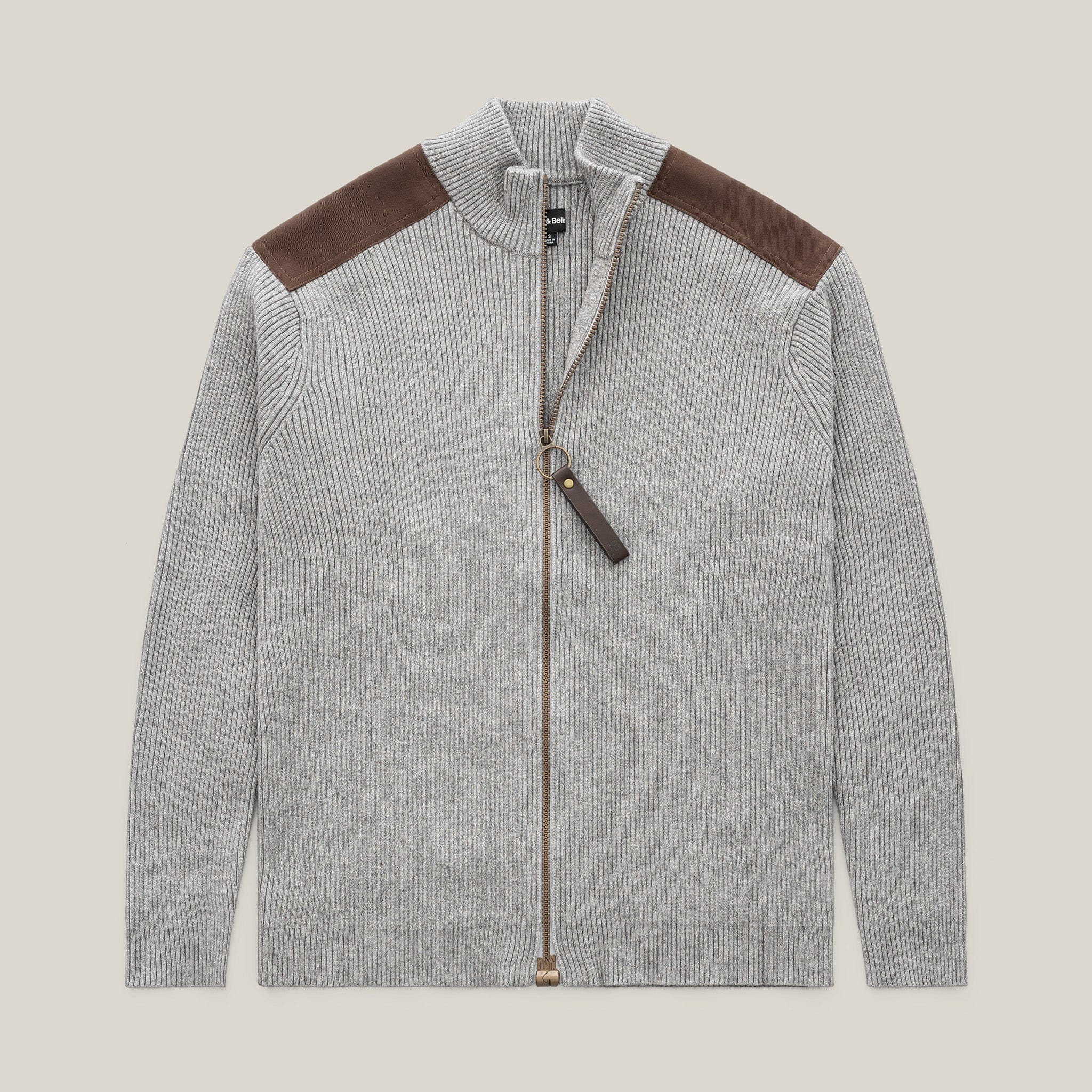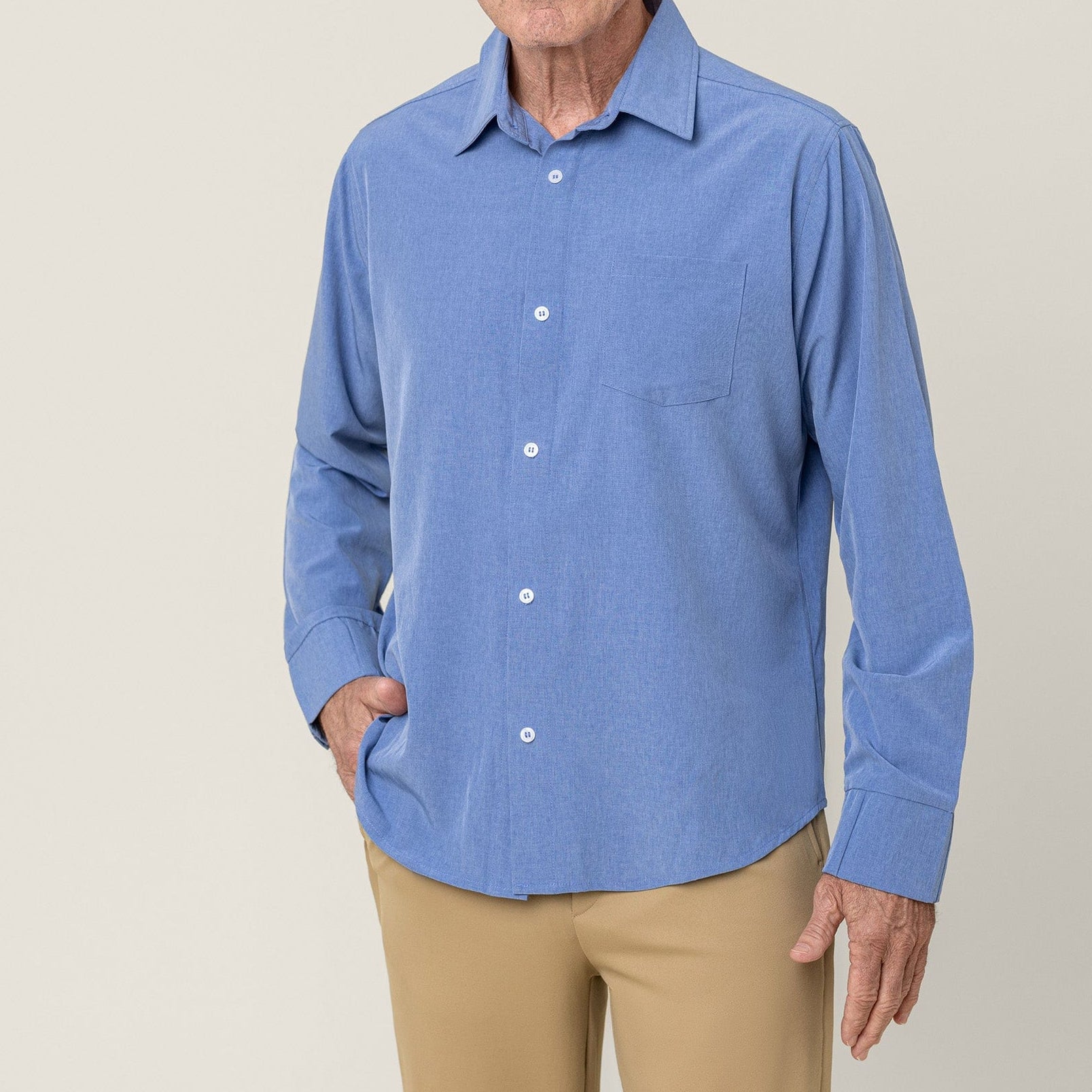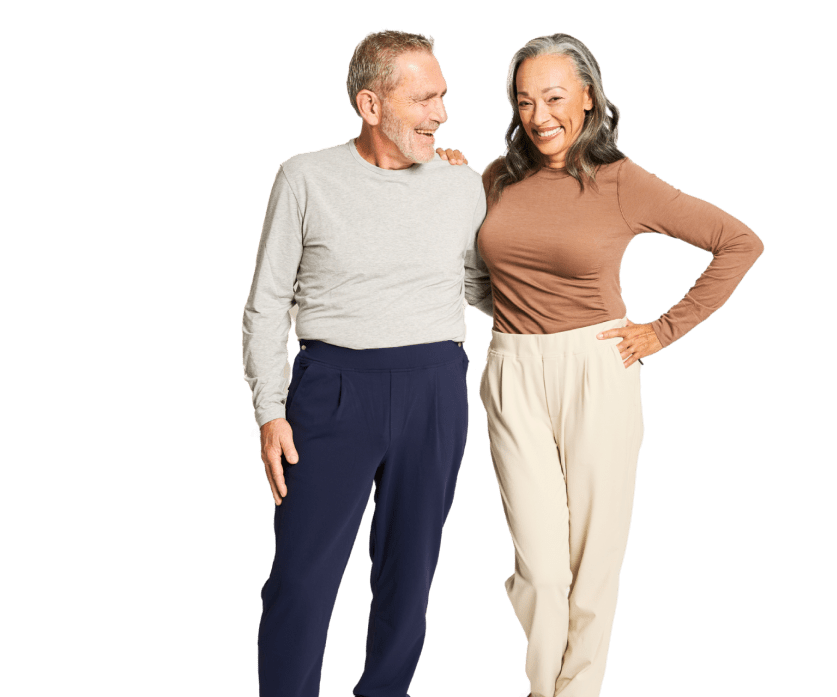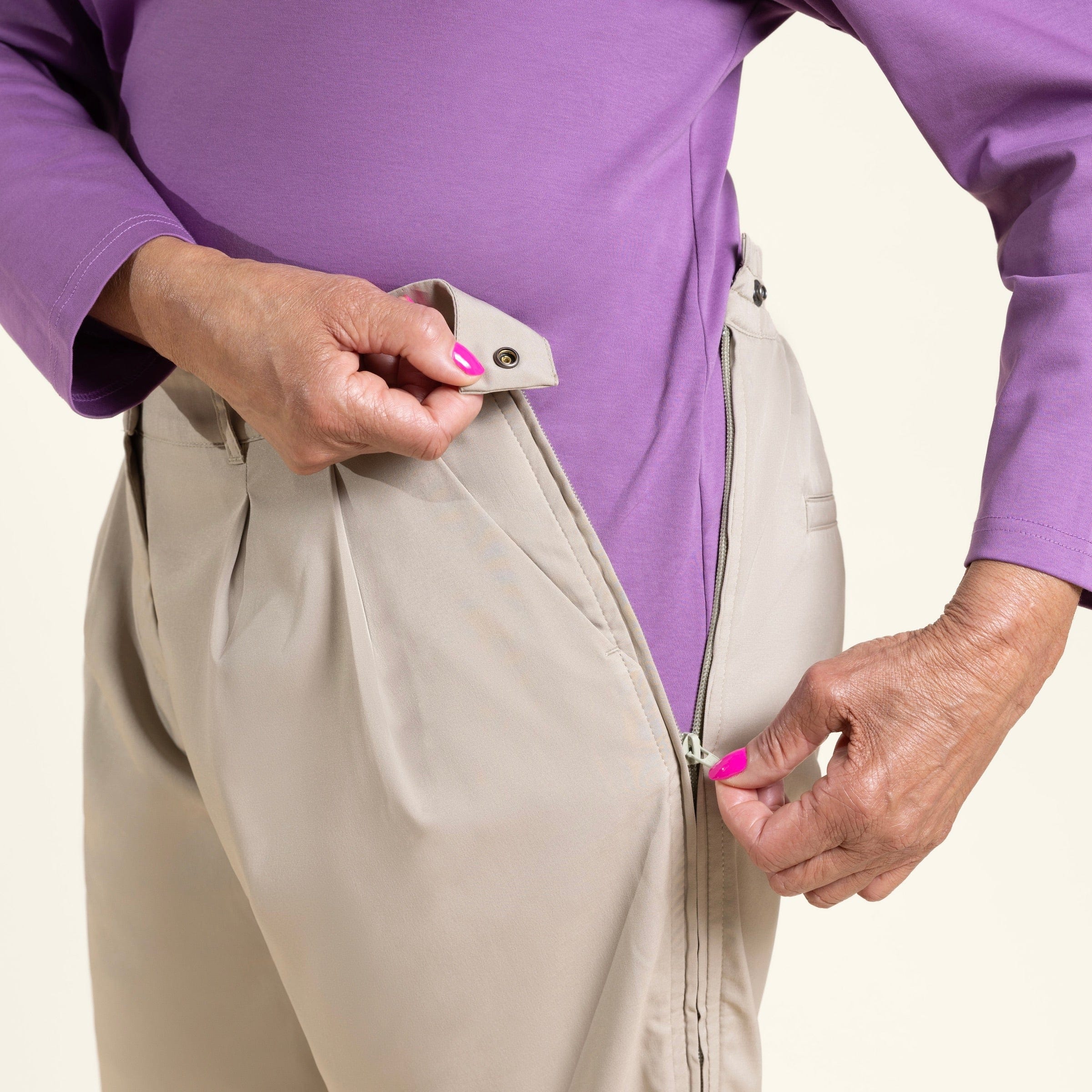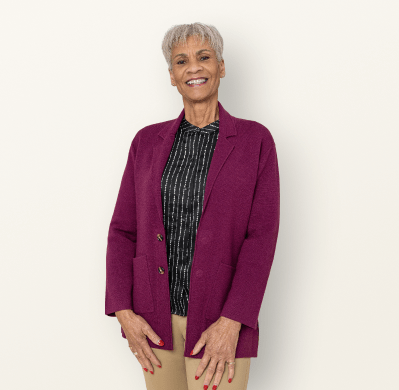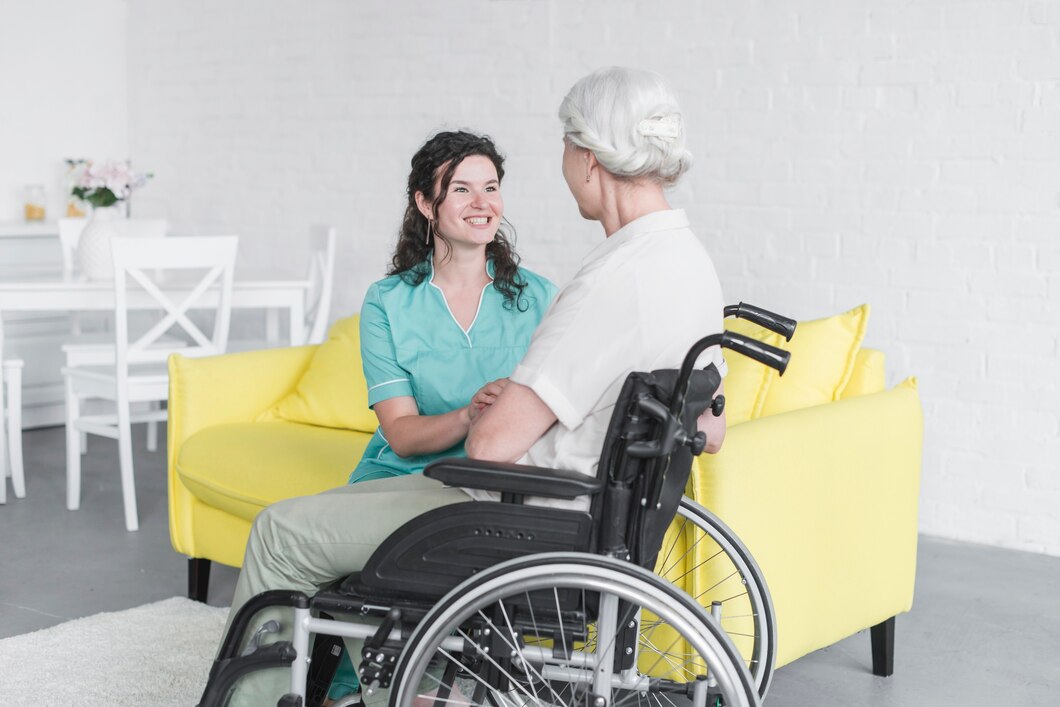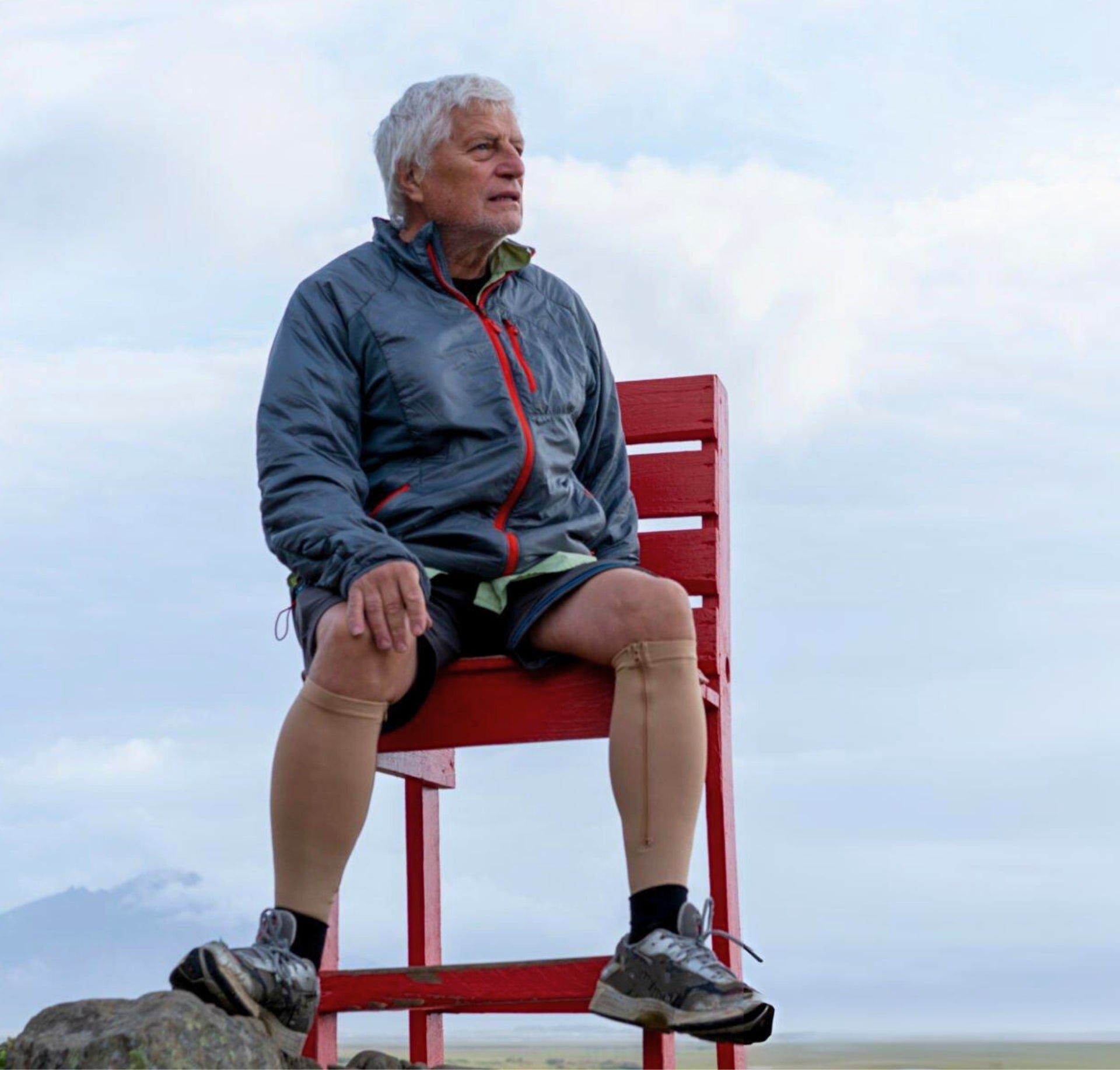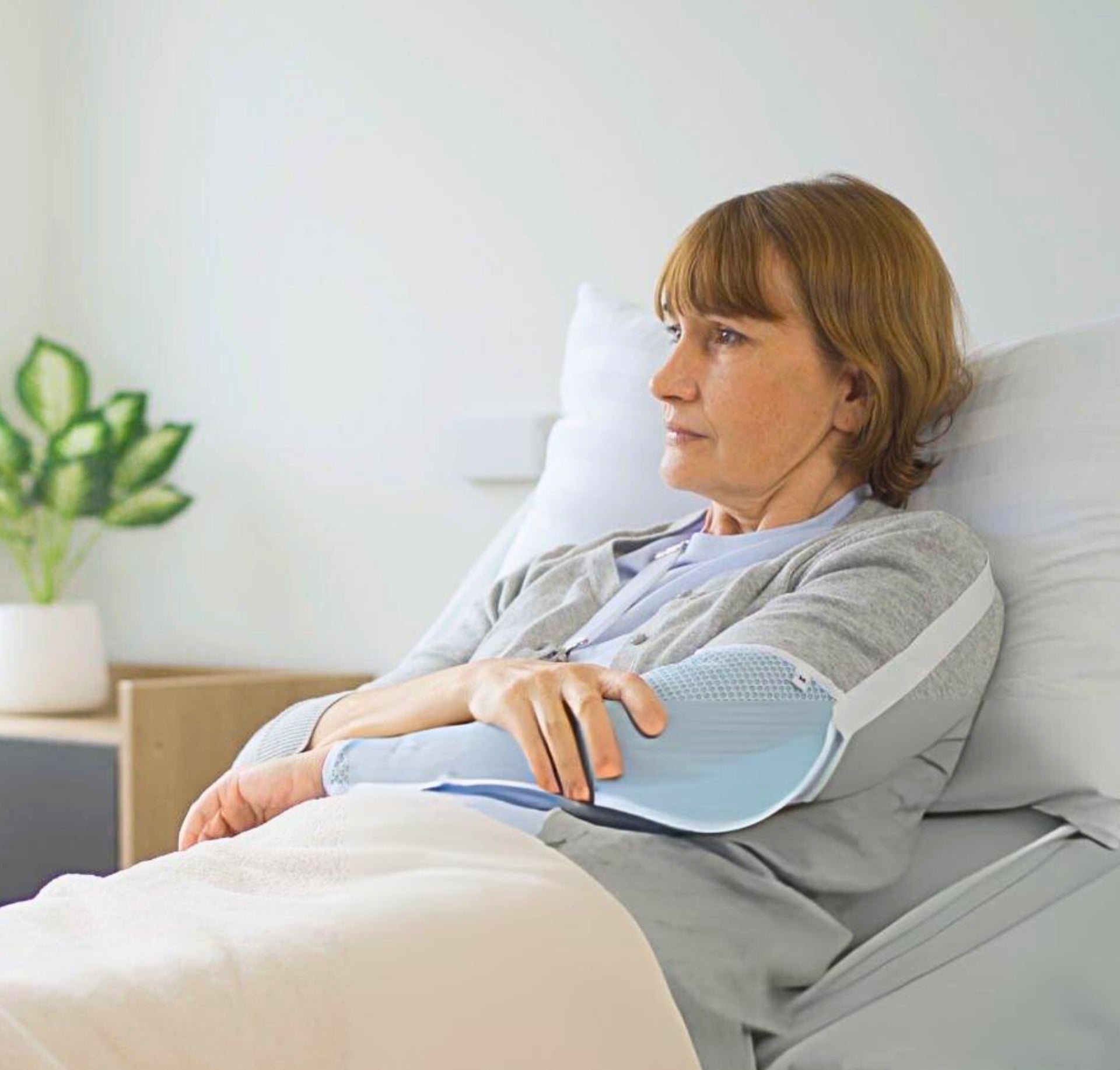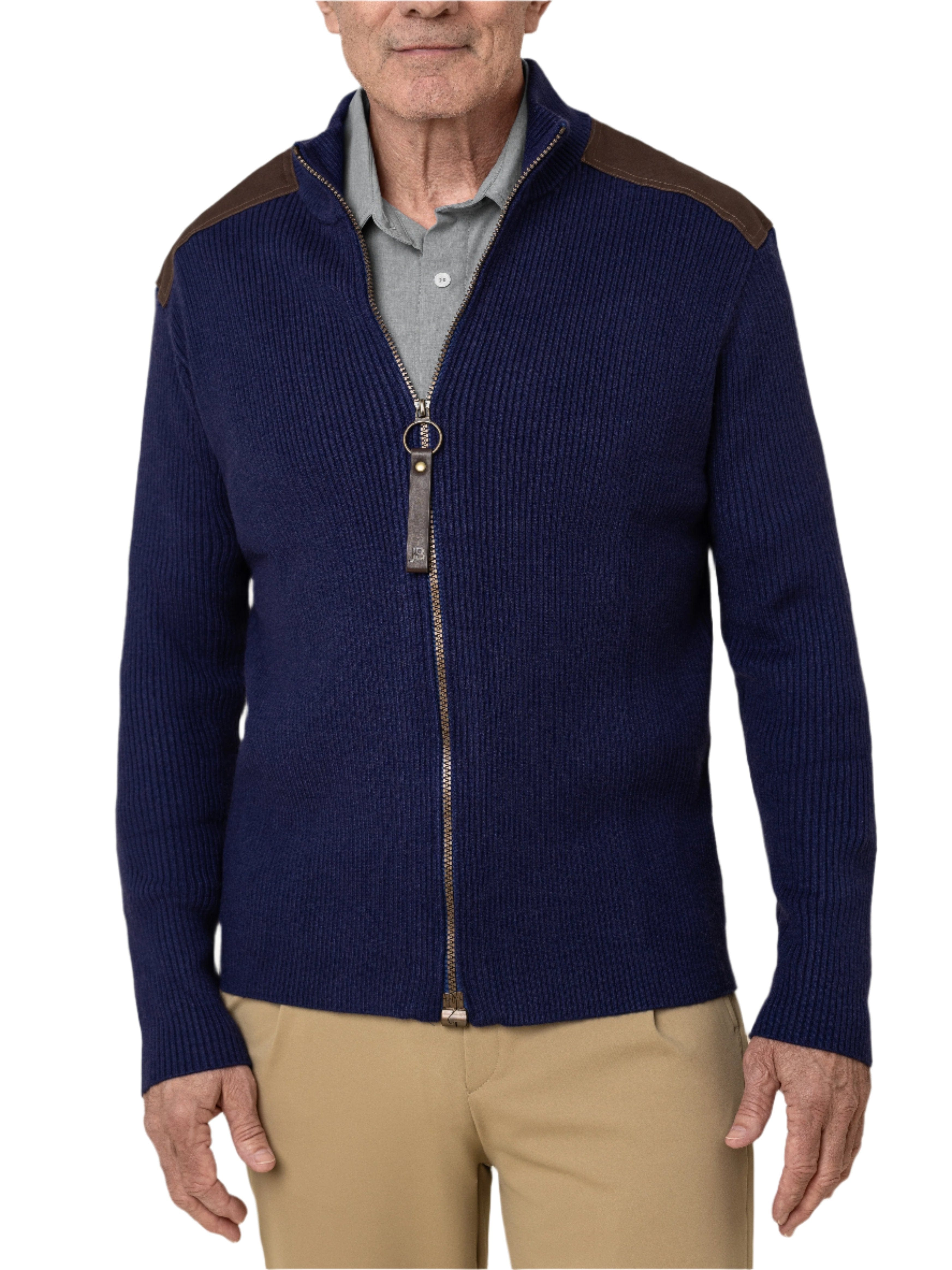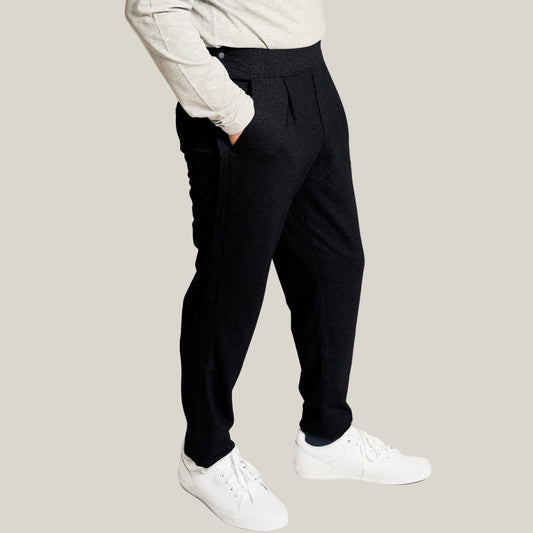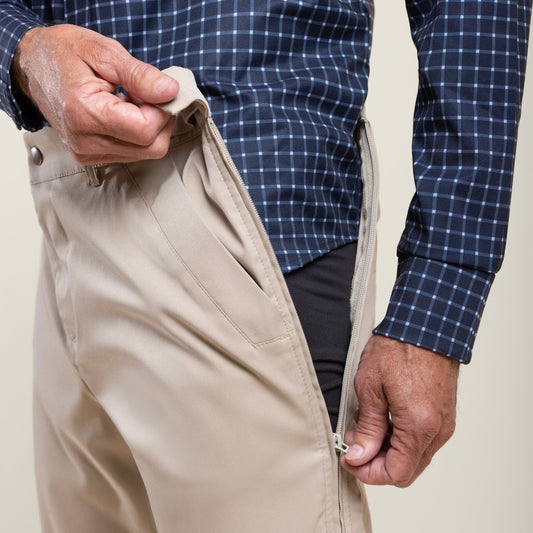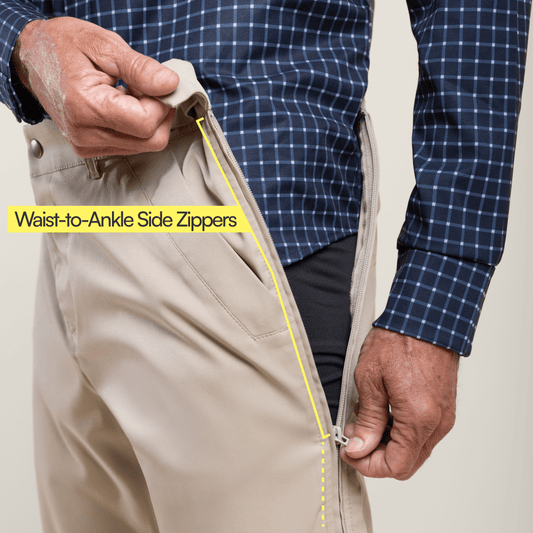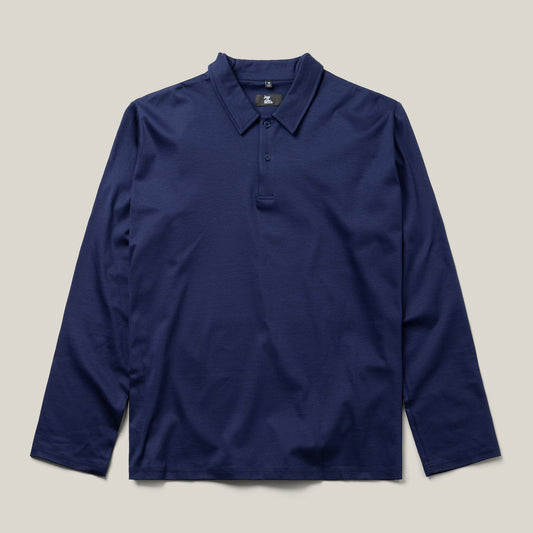Compression Socks for Seniors: Support, Circulation, and Comfort
Healthy circulation is essential at any age, but it becomes especially important as we get older. For many seniors, swelling, leg fatigue, or poor circulation can make daily movement uncomfortable. The right pair of compression socks can help ease those symptoms, providing comfort, stability, and confidence all day long.
At Joe & Bella, our adaptive compression socks are designed to be easy to put on, soft against sensitive skin, and stylish enough to wear every day. They offer gentle support while making dressing effortless.

Why Compression Socks Matter for Seniors
Improving Circulation
Compression socks apply gentle pressure to your legs and ankles, helping push blood back toward the heart. This improves circulation and can prevent swelling or the buildup of fluid (edema).
Reducing Swelling and Fatigue
For seniors who spend a lot of time sitting or standing, fluid can pool in the lower legs, causing heaviness and discomfort. Compression socks reduce that swelling and keep your legs feeling energized.
Supporting Everyday Comfort
Beyond medical benefits, adaptive compression socks are simply more comfortable than traditional ones. They are designed to slide on easily, stay in place, and provide lasting softness for sensitive skin.
Choosing the Right Compression Level
Light Compression (8–15 mmHg)
Best for everyday use and mild swelling. This level provides comfort without tightness.
Medium Compression (15–20 mmHg)
Ideal for those who experience mild edema or spend long hours on their feet.
Firm Compression (20–30 mmHg)
Recommended for more advanced medical needs but should be selected under professional guidance.
Joe & Bella’s adaptive compression socks use gentle, easy-on stretch fabric that provides the benefits of compression without the struggle of putting them on.
The Most Comfortable Compression Socks for Seniors
Easy to Get On and Off
Traditional compression socks can be difficult to pull up, especially for people with arthritis or limited dexterity. Adaptive designs such as Joe & Bella’s Grab Tab help ensure our compression socks glide on easily.
Soft, Breathable Fabrics
Our compression socks are made with soft materials that wick away moisture and keep skin dry. They are smooth against sensitive skin and prevent irritation or pressure marks.
Non-Slip Soles for Safety
Joe & Bella compression socks include subtle grip patterns on the sole, offering added stability without feeling bulky.
Compression Socks for Swelling and Edema
Swelling in the feet, ankles, or legs, known as edema, is common among older adults. The right compression socks help control that swelling while keeping the legs comfortable.
Joe & Bella’s designs combine gentle compression with adaptive stretch so seniors can enjoy the benefits without the hassle. These socks are ideal for:
- People managing mild edema
- Seniors with limited mobility
-
Anyone recovering from surgery or long periods of sitting
How to Care for Your Compression Socks
-
Wash in cold or warm water on a gentle cycle.
-
Avoid fabric softeners, which can weaken elastic fibers.
-
Air dry or tumble dry on low to preserve compression strength.
FAQ: Compression Socks for Seniors
Q: How long should I wear compression socks each day?
A: Most people wear them throughout the day and remove them at night. Always follow your doctor’s advice if you’re managing a medical condition.
Q: Can compression socks be easy to put on?
A: Yes. Joe & Bella’s adaptive compression socks feature extra stretch and wide cuffs, making them simple to pull on and off.
Q: Are compression socks safe for people with sensitive skin?
A: Absolutely. Our designs use soft, breathable materials that reduce irritation and help regulate temperature.
The Bottom Line
Compression socks are an easy way to improve comfort, circulation, and mobility every day. Joe & Bella’s adaptive designs make them easy to wear, simple to manage, and gentle on aging legs.
Shop our collection of compression socks for seniors and discover the comfort of adaptive design.
Continue reading in our series: The Best Socks for Swollen Feet and Ankles →






